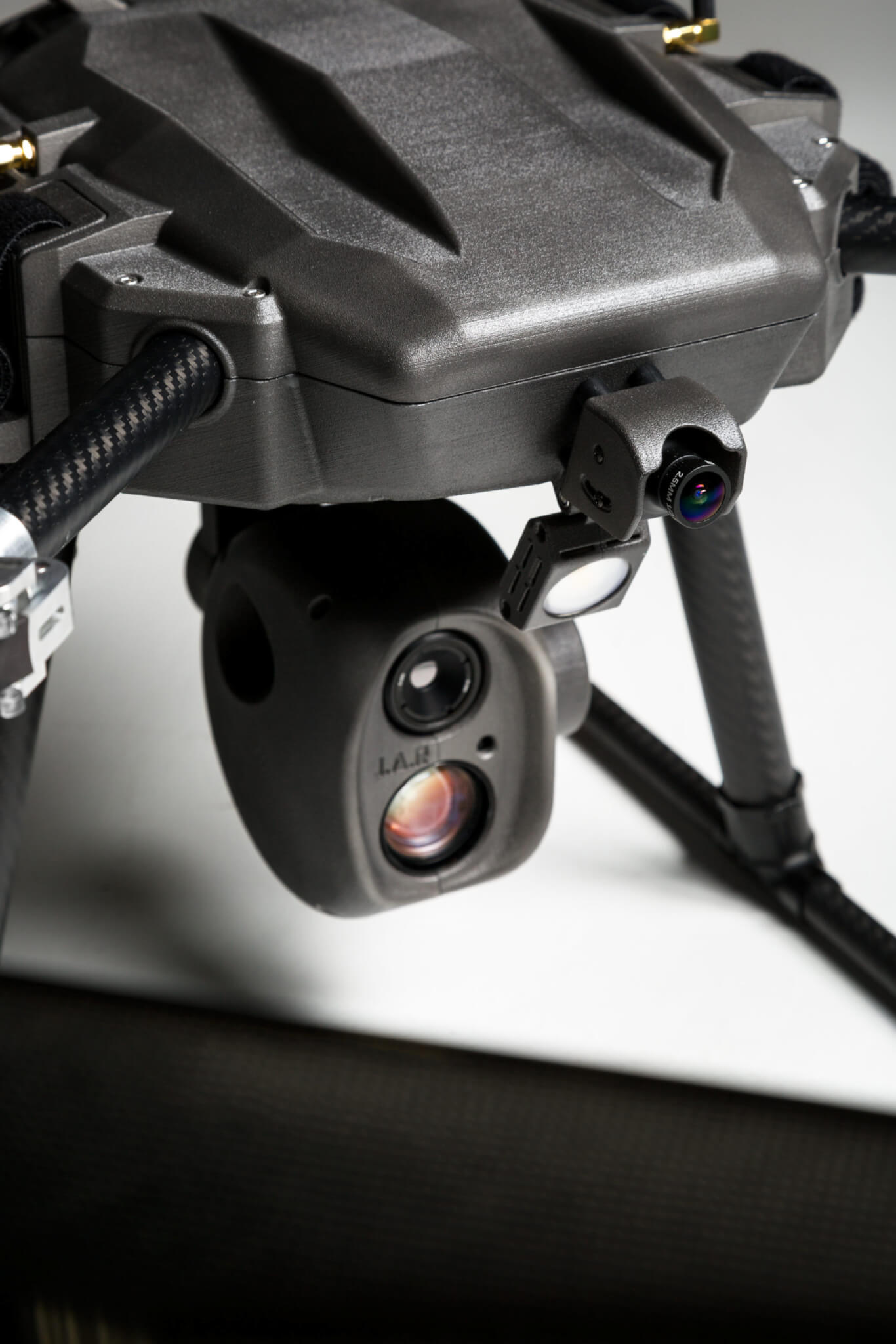(also see: http://www.engineeringnews.co.za/article/airborne-drones-top-recommendations-for-using-drones-to-improve-your-business-2017-06-21)
The rapidly-growing global commercial drone market presents a plethora of opportunities for companies to use drones for commercial purposes to enhance their operations, or for new businesses to emerge, says Airborne Drones.
With analysts putting the global market opportunities around drones at anywhere between $11 billion and $13 billion by 2020, organisations across all verticals stand to gain by harnessing the new capabilities unmanned aerial vehicles (UAVs) deliver. Nearly three million drones will be manufactured this year alone, and the global market revenue for drones is expected to top $11.2 billion by 2020, says Gartner. Goldman Sachs Research expects businesses and civil governments to spend $13 billion on drones by 2020, putting thousands of them in the sky.
Drones have gone beyond military tools and consumer toys, says Airborne Drones South Africa. In fact, the biggest demand for drones today is coming out of the commercial and government sectors.
The company notes that commercial, long-range drones offer organisations the ability to map, monitor and control large and hard to navigate areas, at a lower cost than through traditional methods and with no risk to employees. The fact that you’re able to get HD aerial feeds and explore highly targeted zones using drones presents significant opportunities for a number of sectors.
Airborne highlights 10 key areas where drones can offer compelling commercial benefits:
1.) Construction efficiencies – predicted by Goldman Sachs Research to be by far the largest commercial application for drones in the short term, drones offer construction firms and developers efficient new 2D and 3D mapping methods, as well as thermal and multi-spectral imaging and real-time data for Building Information Modelling. This allows for greater efficiencies from pre-construction through to maintenance phase.
2.) Asset management – currently the most compelling drone application for multiple industry verticals is asset management and protection. Whether the assets are power lines, buildings, humans, wildlife or roads, drones are being deployed for rapid, efficient inventory and survey purposes.
3.) Maintenance – Drones support ongoing routine facilities inspections at lower cost and risk, particularly in potentially hazardous areas such as power lines or power plants, or in the case of very tall structures such as radio antennas or bridges. Drones also allows for wear and damage assessments, supported by technologies such as thermal imaging cameras, bypassing the need for ground crews and specialised equipment. They can also be used for routine deliveries of consumables and spares between pre-programmed launch and landing pads, so reducing cost and potential downtime.
4.) Agriculture – advanced agriculture will depend on drone technologies for multiple applications, such as crop and irrigation inspection, precision spraying, mapping and security.
5.) Mapping – for developers, civil engineers and local authorities, drones’ mapping applications offer an efficient geographic survey tool – even across challenging terrain and bodies of water.
6.) Surveys and research – The use of drones for mapping and geographic surveys can also add significant value to marketers and brands researching target areas; as well as to public sector authorities confirming census data or assessing development needs.
7.) Risk monitoring and claims assessment – for the insurance sector, drones offer the ability to efficiently assess population density, natural risk, property values and damages; enabling more accurate forecasting, more competitive products and faster claims resolution.
8.) Safety and security – unlike satellite imaging, traditional aerial surveys or human resources on the ground, drones offer the ability to conduct highly targeted surveillance with live feeds to headquarters and no risk to human life. In high-risk situations, such as civil unrest or natural disaster, drones allow for ongoing assessment of the situation, supporting rapid and appropriate response. Drones can also be deployed for search and rescue purposes, covering ground more effectively than ground teams are able to, and could potentially be used for emergency medical deliveries.
9.) Film and multimedia – already widely is use by film and photography professionals, the potential for drones to add new dimensions to multimedia is significant. Aerial visuals now possible through drones also offer opportunities to the real estate, hospitality and tourism sectors to enhance marketing and communications.
10.) Drones–as–a–service – multiple new business opportunities now exist for the launch of specialist drone surveillance and survey services.
Commercial drone laws and commercial drone licenses
For companies that are prepared to learn about the required commercial drone laws, acquire the required commercial drone licenses, there are many benefits to be had.










